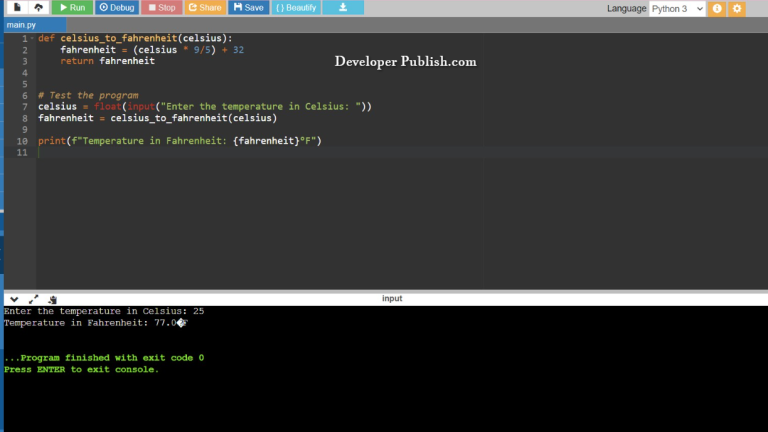In this Python program, we’ll delve into the implementation of a stack data structure using a linked list. Stacks are essential in various computing applications, and understanding this implementation will provide insights into combining linked lists to create a functional stack.
Problem statement
The task is to create a Python program that demonstrates the implementation of a stack using a linked list. This program will help you comprehend the basic principles of stacks and linked lists.
Python Program to Implement Stack using Linked List
class Node:
def __init__(self, data):
self.data = data
self.next = None
class Stack:
def __init__(self):
self.top = None
def push(self, data):
new_node = Node(data)
if not self.top:
self.top = new_node
else:
new_node.next = self.top
self.top = new_node
def pop(self):
if not self.top:
return None
popped = self.top.data
self.top = self.top.next
return popped
def peek(self):
return self.top.data if self.top else None
def is_empty(self):
return self.top is None
# Example usage
if __name__ == "__main__":
stack = Stack()
stack.push(10)
stack.push(20)
stack.push(30)
print("Top element:", stack.peek())
print("Popped element:", stack.pop())
print("Is the stack empty?", stack.is_empty())
Input / Output



